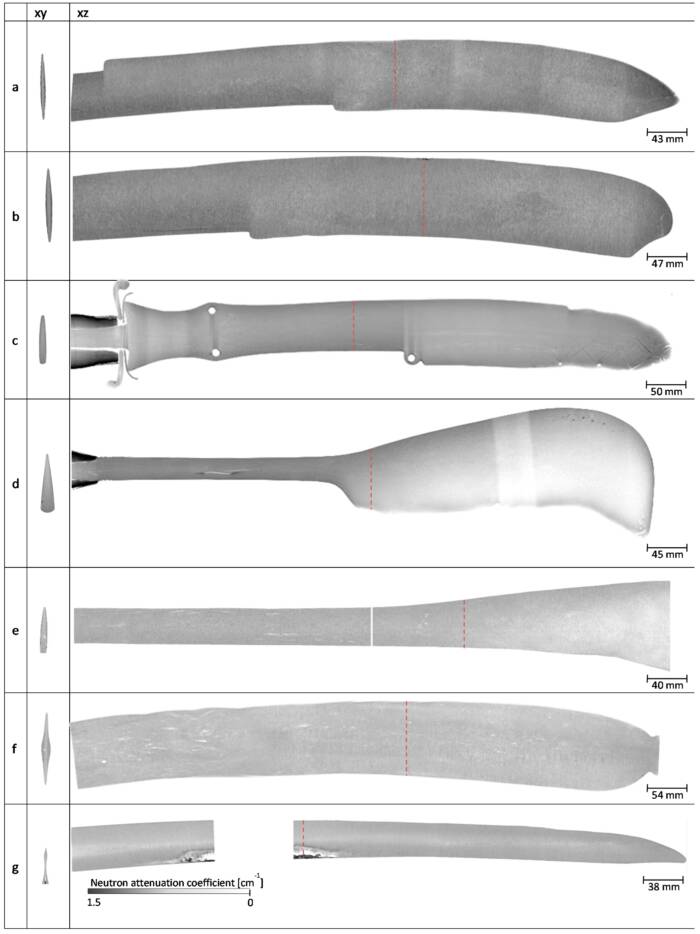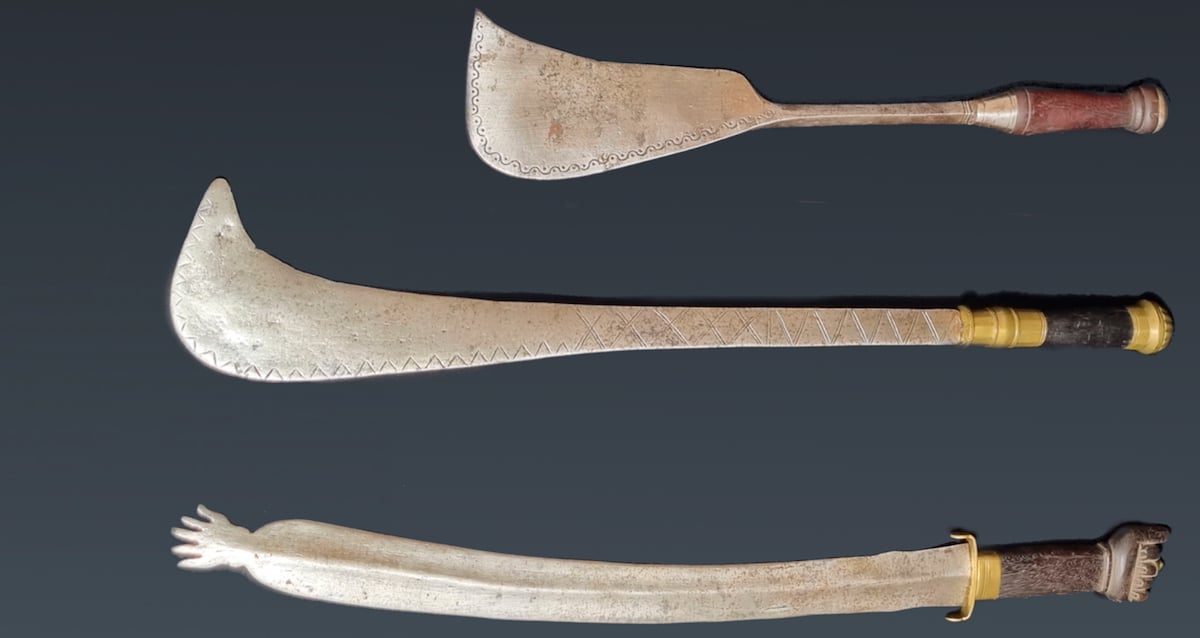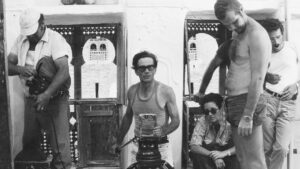Ancient Dahomey Swords Reveal Hidden Craftsmanship Secrets That Could Rewrite History
Inside The True Origins Of The Dahomey Swords
ANTSO scientists examined six Dahomey swords from 19th century using neutron tomography, powder diffraction, and diffraction residual stress measurements to reveal their composition and manufacturing history.
Through these tests, researchers confirmed that the swords were made by African smiths and not imported from Europe. They were forged out of several different metals, based on analysis of cross sections that revealed differences in the porosity of the metals used.

ANSTOAnalysis of the Dahomey swords revealed various regional styles.
“Importantly, the combination of neutron tomography images and neutron diffraction analyses provide a wealth of new insights into the manufacture of African swords. In particular, it sheds new light on African craftsmanship and technological sophistication,” said Dr. Floriana Salvemini, an expert in historical metallurgy.
Based on the analysis, the blades showed “considerable variation” in manufacturing, suggesting that they were produced via several unique processes, ones not seen elsewhere in world history.
What the study did not find, however, was the provenance of the metals used in the swords’ construction. It is possible that the metal, based on its composition, could have come from Bassar (modern-day Togo), Sweden, the Ruhr Valley, or perhaps Brazil.
Regardless of where the metal came from, though, the fact that the swords were made locally is a significant finding. For many years, these remarkable swords had been improperly attributed to European smiths, but this new research helps to reclaim this piece of West African history and challenge the common narrative, giving proper credit where it is due.













